€1,599/
Per PersonA journey that continually reveals new landscapes, each unique and distinctive. The majestic mountains form two, three, or even four rows of peaks and plateaus. Vast plateaus stretch out as lush green expanses before giving way to the mesmerizing golden expanse of the Sahara. The fusion of Arab and Berber cultures offers visitors a unique opportunity to get to know the diversity of the people and their ways of life.
Included and Excluded
- 10 nights in typical local accommodations of the comfort category according to the itinerary
- Double room with bath or shower and toilet
- 1 desert overnight stay in a comfortable nomad tent
- 11x Breakfast (B) | 1x Dinner (D)
- City tours with local guides Rabat, Meknes, Volubilis, Fez and Marrakech
- All transfers and journeys as per itinerary in air-conditioned vehicles with driver
- English-speaking Driver from day 1 – 11
- Dromedary ride in the desert
- Personal advice and comprehensive travel preparation
- Travel price guarantee certificate
- Flight, drinks, tips, insurance.
- Sightseeing and entrance fees as per itinerary
Optional additional services:
- • Extension: from 65 €per person in a double room | 95 €per person in a single room including breakfast
Itinerary
You will be met at the airport by your driver who will take you to your hotel in Casablanca Depending on your arrival time, you may have the opportunity to take some initial sightseeing. Overnight: Mellibier Hotel or similar.
After breakfast your tour starts and takes you through the largest city in the country, Casablanca. Here, a tour of the interior of the famous Hassan II Mosque is recommended. Your journey continues to Rabat, the capital of Morocco. Particularly worth seeing here are the gardens of the Royal Palace, the Kasbah of the Oudaias, one of the most important buildings of the Almohad period, and the Mausoleum of Mohammed V with the imposing Hassan Tower. From Rabat, the journey continues north through the picturesque Rif Mountains, known for their breathtaking landscapes and famous blue cities. Chefchaouen, also known as the "Blue Pearl," is famous for its bright blue buildings and relaxed atmosphere
- Overnight: Dar Echchaouen o.ä. (B)
Today, the day is entirely yours. This small town is particularly worth seeing, both for its location in the Rif Mountains and its picturesque alleys with their blue-and-white whitewashed houses. Here, you have everything you need to enjoy a relaxing stay. Chefchaouen is a good starting point for hikes or even multi-day treks.
- Overnight: Dar Echchaouen or similar (B)
Today's journey takes you along a scenic country road past cork oak and coniferous forests, olive groves, and magnificent views of the Rif Mountains to Volubilis, an impressive Roman archaeological site whose ruins you can explore in detail. Afterwards, you'll travel to the royal city of Meknes. The city lies on a fertile plateau and is known for its 40 km long city wall with its magnificent city gates, as well as its beautiful, authentic souks. A visit to the medina, with arguably Morocco's most beautiful gate, the "Bab El Mansour," is worthwhile. Another attraction is the Mellah, the Jewish quarter. The former royal stables of Moulay Ismail and the old granary impress with their sophisticated architecture. The journey continues through a diverse cultural landscape to Fez, the oldest of the four royal cities.
- Overnight: Riad Al Makan et al. (B)
After a leisurely breakfast, you will best explore the fascinating city of Fez in the context of a city tour. You will travel to the “Castle of the South”, where you will unforgettable panoramic view of the old town. Fez is a World Heritage Site under the UNESCO protection. Through the beautifully decorated gate “Bab Boujelou” you reach the best preserved old town district of Morocco and you can visit the Koran school “Bou Inania”, the tomb of Moulay Idriss and the Kairouine Mosque, as well as the oldest university in world. You will see the colorful souks, the merchant and artisan alleys of the Coppersmiths, tanners, tailors, chasers and potters. At the end of the tour you can Enjoy a fresh Moroccan-style peppermint tea in an authentic café.
- Overnight: Riad Al Makan et al. (F/A)
After a leisurely breakfast, you'll leave oriental Fez and head south. Passing Ifran, the ski resort and the "Switzerland" of Morocco, you'll continue through the scenic Middle Atlas with its cedar forests. A short walk in the surrounding area is possible today. With a bit of luck, you'll encounter some Barbary macaques in their mustard-yellow fur, who will beg for a few peanuts. Towards the afternoon, you'll reach the apple town of Midelt.
- Overnight: Villa Pomme d'Or or similar (B)
After breakfast, you'll drive through the Ziz Gorge, a bizarre canyon dotted with oases and date palms. You'll pass the red-plastered houses of the oasis town of Erfoud and continue on to Merzouga. This small desert oasis is surrounded by the red-gold dunes of the Erg Chebbi and defies the desert thanks to its sophisticated irrigation system. Afterwards, you'll ride a dromedary into the depths of the Sahara to the desert camp. On top of a high dune, you'll enjoy the magical sunset.
- Overnight: Comfort Nomad Tent (B/D)
If you want to experience the magical moment of sunrise today, you'll have to get up early. After breakfast outdoors in the mild morning sun, you'll either ride a dromedary or take an off-road vehicle back to Merzouga. Afterwards you will drive through the former capital of Tafilalt, the caravan station Rissani. Finally, you'll reach Tineghir, where the Todra Valley begins. You'll drive up to the impressive Todra Gorge.
- Overnight: Hotel Tomboctou or similar (B)
After breakfast, you continue your tour. For one section of the route, the road winds upstream along the Dadès River, lined with beautiful oasis villages, date palms, and numerous kasbahs. The journey continues along the famous "Road of 1000 Kasbahs," where you discover the oasis of El-Kelaa M'Gouna in the Rose Valley. In the afternoon, you reach Ouarzazate, the "Hollywood" of Morocco. Numerous international films, such as "Lawrence of Arabia" and "Gladiator," were filmed here.
- Overnight: Dar Chamaa or similar (B)
After breakfast and on the way to Marrakech, you can visit the village of Ait Ben Haddou, home to one of the most magnificent kasbahs in North Africa: a beautiful example of traditional Berber mud-brick architecture. The journey continues along one of Morocco's most beautiful routes. You cross the Atlas Pass – Tizin-Tichka (2260 m). With a few breaks at the most beautiful viewpoints, you reach Marrakech, the "Pearl of the South," in the afternoon. The remaining time is at your own discretion.
- Overnight: Riad & Spa Bahia Salam or similar (B)
After breakfast, you will visit the most important sights of the Medina with a city guide: the Koutubia Mosque, the large square "Jemaa el Fna", the colorful, lively souks with their oriental scents and the most beautiful gate of Marrakech, the "Bab Agnaou". The afternoon is free for you to explore further, including the famous gardens, or relax in a traditional hammam. Afterwards, let your impressions sink in at a restaurant in the Medina.
- Overnight: Riad & Spa Bahia Salam or similar (B)
If you don't want to extend your trip, your driver will take you to the airport in Marrakech. (B)
Location Map
Frequently Asked & Question
Book Your Tour
Reserve your ideal trip early for a hassle-free trip; secure comfort and convenience!

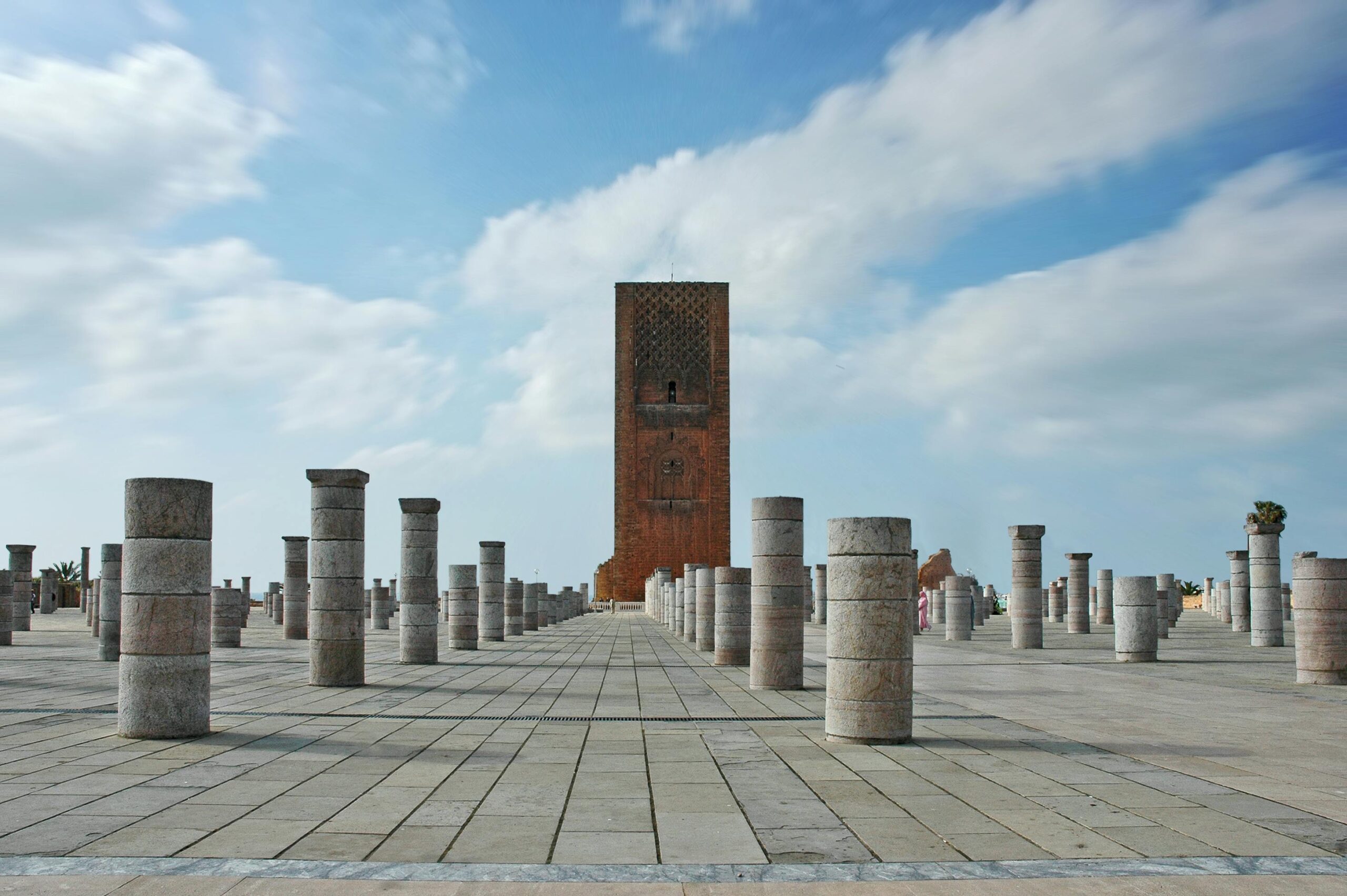
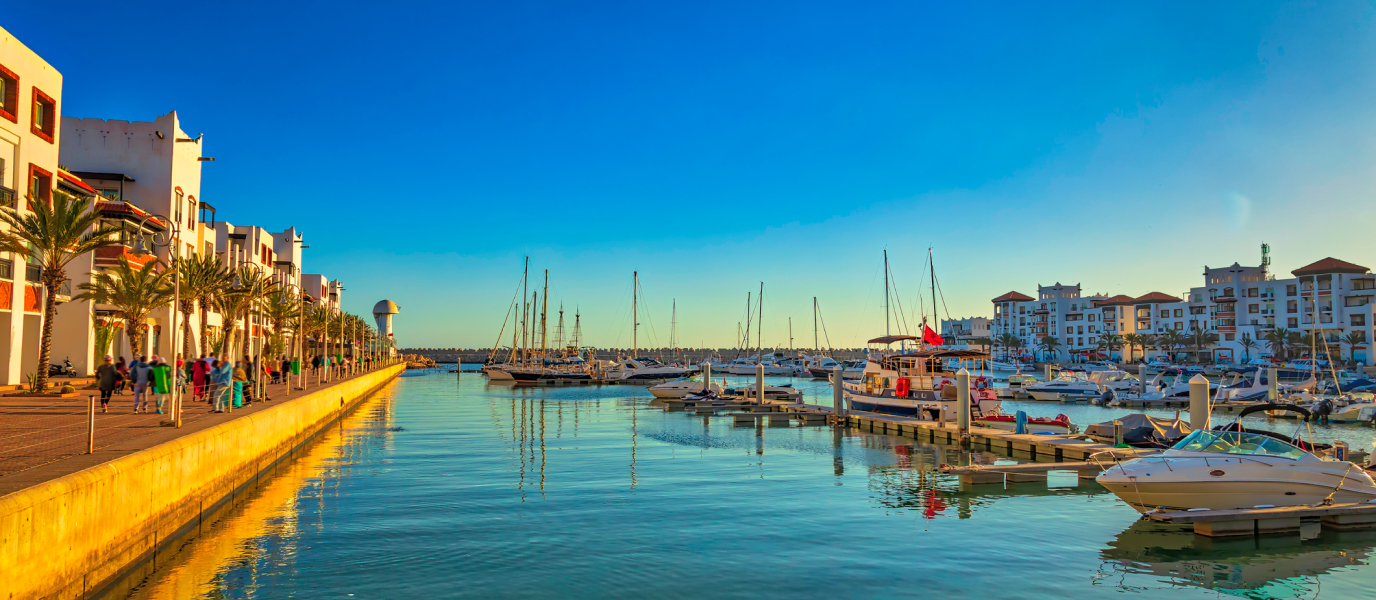



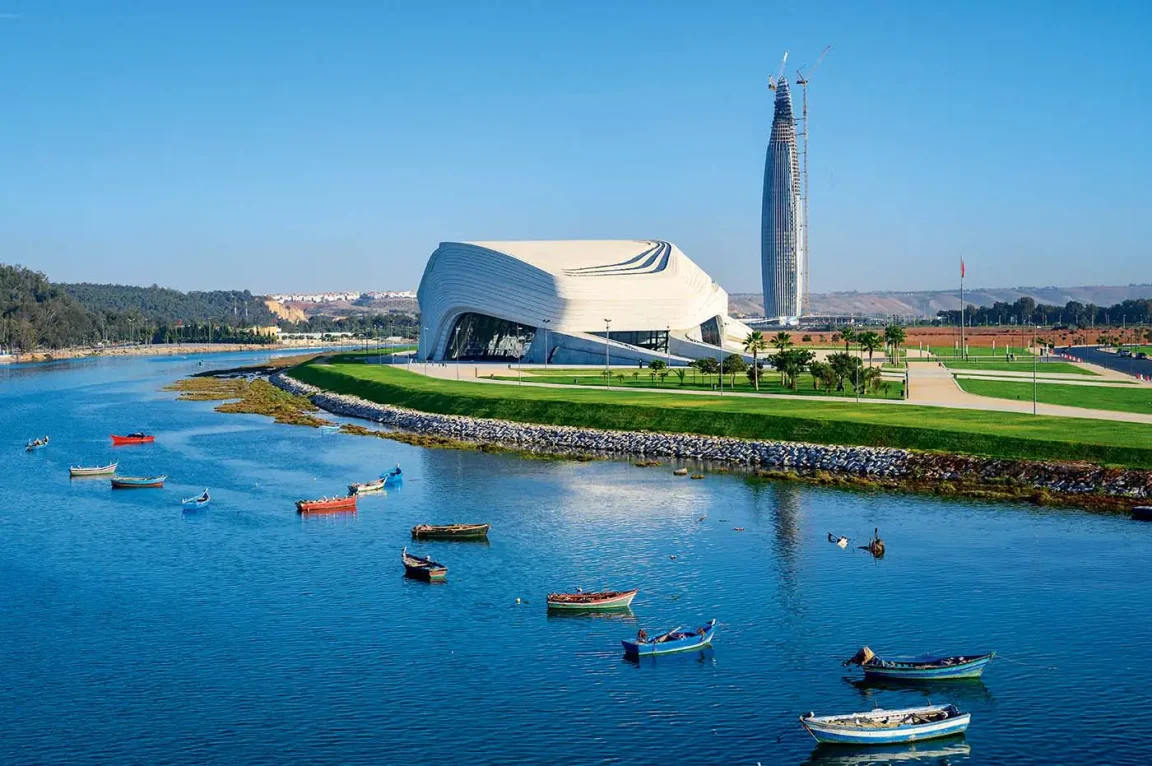
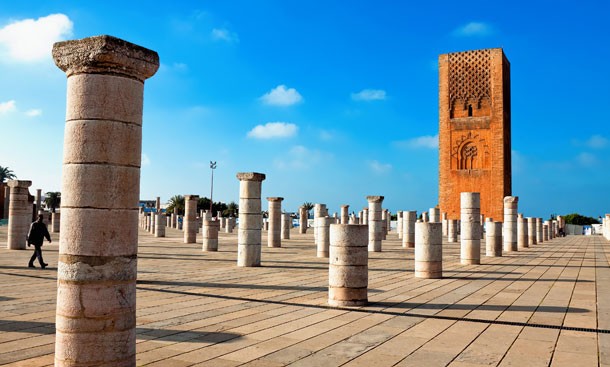
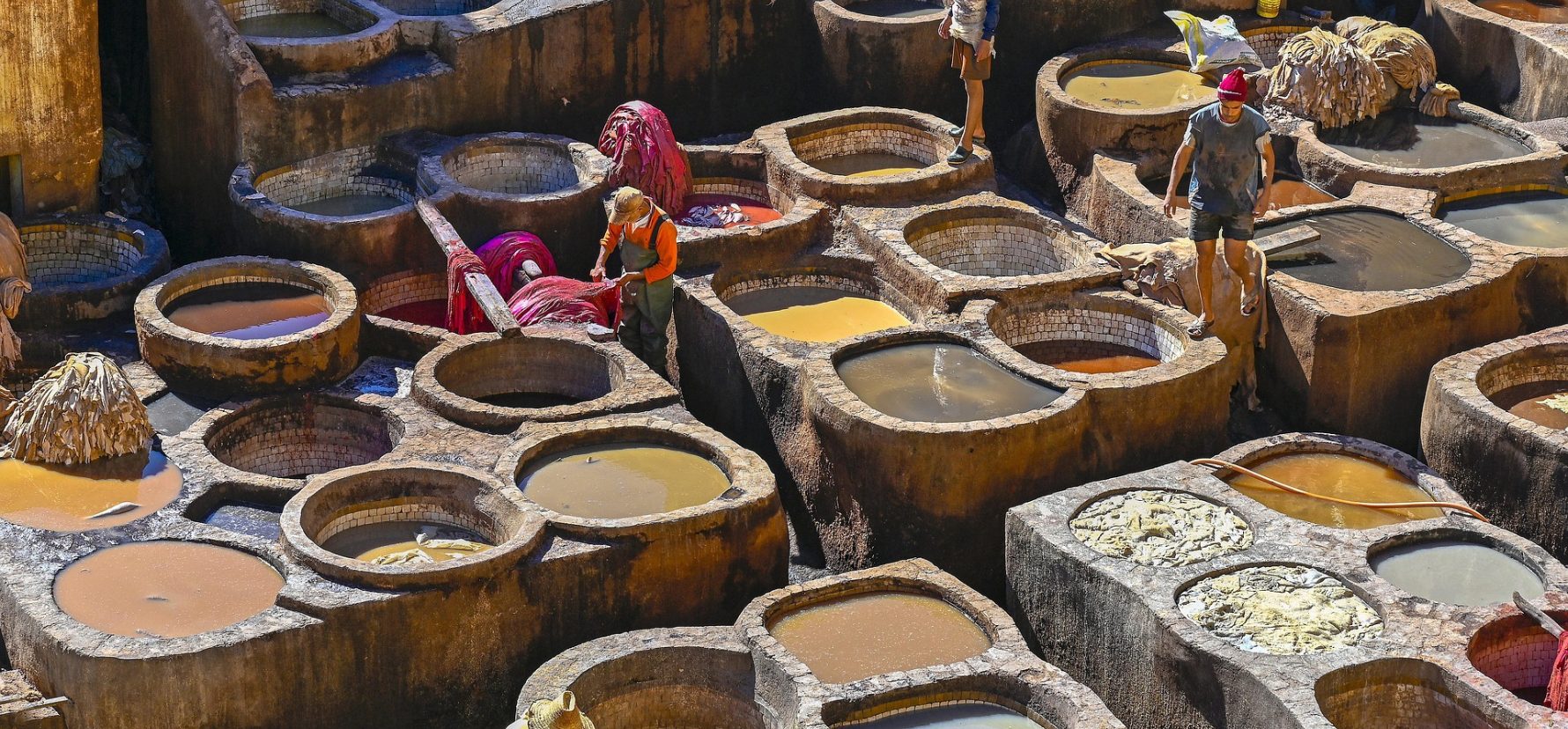


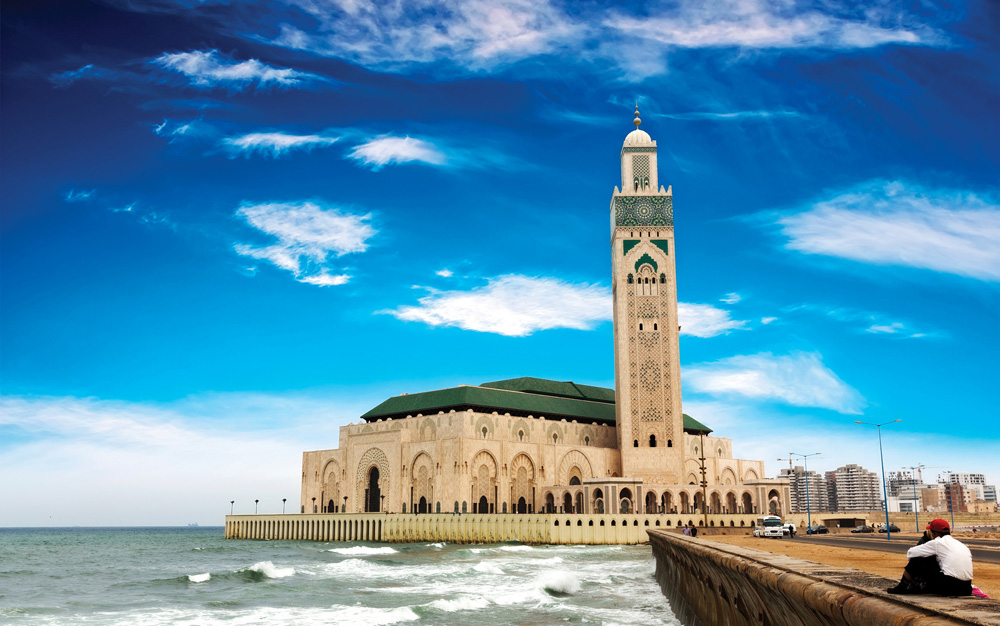

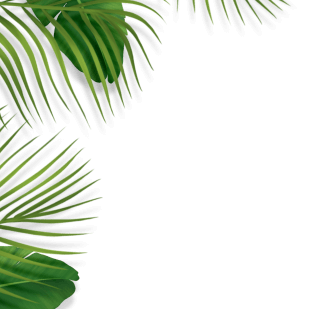
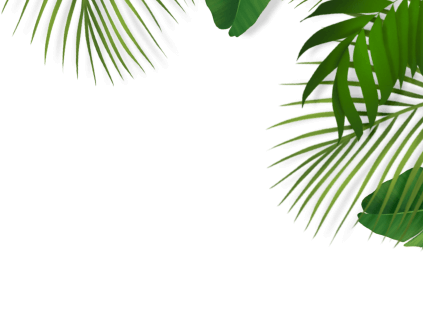

Leave a comment: